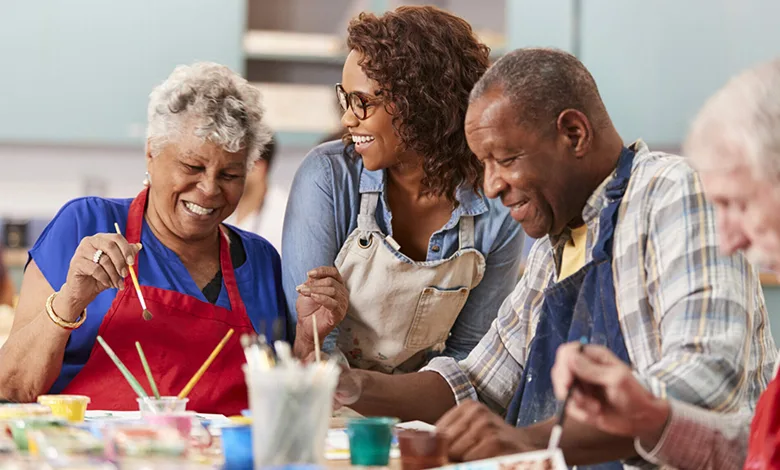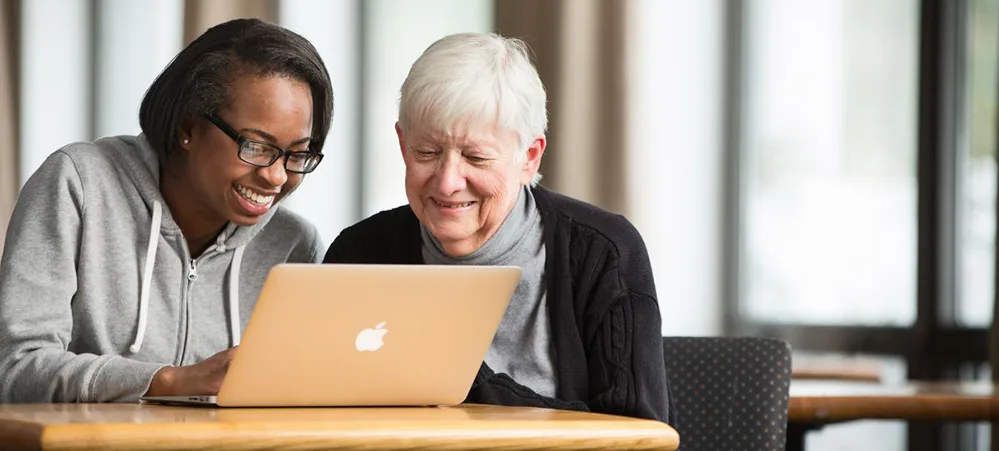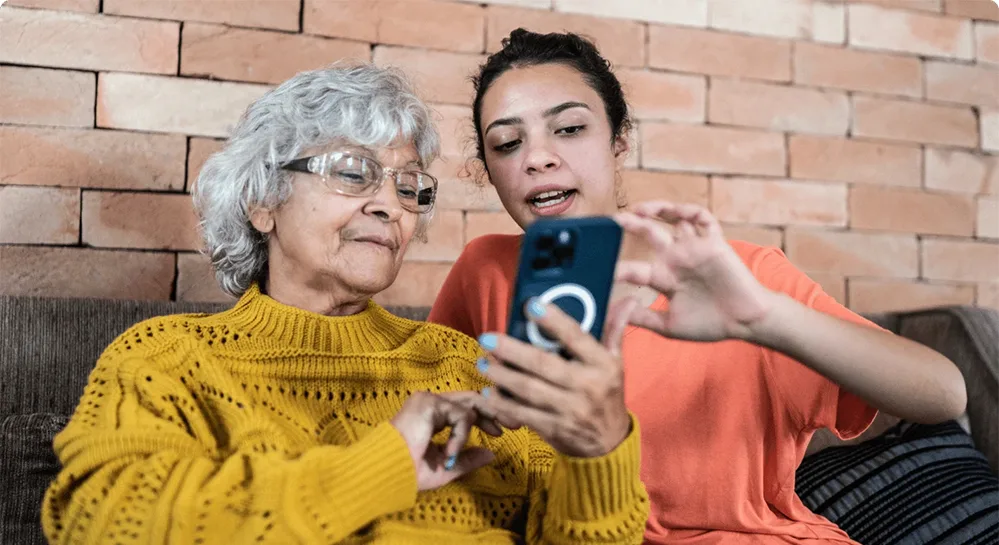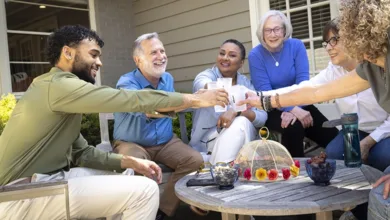5 Ways You Can Support Seniors in Your Local Community

America is getting older as more people live longer lives. As the population ages, more older adults are living alone or facing health issues without regular support. According to recent data, adults over 65 comprise nearly 17% of the U.S. population. In 2023, the country had over 59,300,000 seniors, marking a 33.05% increase since 2013.
ConsumerAffairs reveals that by 2030, the senior population will exceed 20% of the total American population. This demographic shift presents both challenges and opportunities for communities across the country. As our neighbors age, they often need additional support to maintain their independence and quality of life. While families provide significant assistance, community involvement is essential.
Your help can make a real difference in a senior’s life. You don’t need to work in healthcare or be part of a large organization to make an impact. Small, consistent actions from people like you can help seniors remain safe, connected, and supported. Here are five meaningful ways to assist older adults in your community.
1. Create accessible community spaces for seniors
An age-friendly community helps older people live actively. This involves local policies and services. You can help make your town more age-friendly by getting involved in local improvement efforts and speaking up for changes that help seniors.
Examine specific aspects of your community. Are sidewalks well-lit and safe? Is signage clear and easy to read? These small details are important. Advocate for benches at bus stops and along walking paths. Support businesses with senior-friendly features, such as wide aisles and clear signage.
Communities can also adopt universal design principles in public spaces, such as ramps instead of stairs, smooth walking surfaces, and properly placed handrails. These features assist seniors in navigating areas safely while benefiting people of all ages and abilities. Join local groups that assess community needs, as this helps identify obstacles that prevent a place from being age-friendly.
2. Encourage local organizations to hire or consult specialists
Communities that want to serve their older adults should consider involving trained professionals. Social workers address elder care challenges such as isolation, access to healthcare, and financial insecurity. They connect seniors with essential resources, train volunteers, and advocate for age-friendly policies.
They also understand public benefit programs such as Medicaid and Medicare, which many seniors rely on but find challenging to navigate. Local nonprofits, churches, and community centers could benefit from hiring or consulting with a licensed social worker. For instance, towns can involve social workers in planning committees to ensure that parks and public transit meet the needs of seniors.
If you already enjoy working with seniors and want to do more, consider pursuing a career in this field. You can explore online social work programs that allow you to study while working or caregiving. Upon completion, you can practice in child welfare, advocacy and community organizing, aging, justice, and corrections.
Furthermore, according to St. Bonaventure University, graduates can serve the varied and unique needs of diversified and neglected communities through ethically sensitive clinical practice. However, you can assist local social workers by volunteering for outreach programs even without a degree. It’s the act that matters.
3. Build volunteer transportation networks for seniors
Lack of transportation is one of the biggest challenges for seniors living independently, according to the National Council on Aging. Older adults who cannot drive often struggle to reach medical appointments, grocery stores, and social activities. Millions of seniors lack consistent access to transit for medical appointments.
You can help by organizing volunteer driver programs in your community. Start small by coordinating with neighbors to offer rides to seniors in your area. Reach out to local senior centers to connect with those in need. Even offering one ride a week can make a huge difference in a senior’s life.
You can take it further by accompanying a senior during visits to take notes or ask questions. This builds trust and fosters valuable social connections that help combat isolation. You can also use apps like RideLink to coordinate schedules with other volunteers. Share your availability consistently, as reliable support is more important than occasional grand gestures.

4. Launch intergenerational skill swap programs
Building bridges between generations benefits both young and old. Recent demographic shifts have created new opportunities for these connections, as the U.S. median age has increased to nearly 39, according to PBS NewsHour. Experts attribute this spike to two factors: an increase in residents aged 65 and older, and a decreasing share of children under age 5.
Due to this, seniors may feel sidelined. However, pairing them with younger neighbors for mutual learning can create connections. A retired teacher might tutor a student in exchange for tech help. You can organize activities that bring seniors and younger people together. Reading programs at libraries, gardening clubs, and cooking classes work well for mixed-age groups.
Schools and senior centers often welcome partnerships for regular visits. These exchanges allow seniors to share their wisdom and experience while providing younger people with perspectives they might not otherwise gain. The mutual benefits include improved mental health and reduced isolation for seniors.

5. Offer technology education and digital literacy support for seniors
Technology can help seniors stay connected. However, many older adults face daily challenges with technology and need assistance in learning to use new devices and platforms. Using smartphones, setting up email, or accessing telehealth services can be frustrating without help.
Consider setting up a weekly tech help desk at your local library or community center. Focus on practical skills such as video calling family members, ordering groceries online, and establishing medication reminders. Helping individuals block scam calls or identify phishing emails can make a significant impact.
Recent federal investments like the Digital Equity Act enable community groups to provide digital literacy programs tailored for seniors. These programs not only teach tech skills but also help reduce loneliness, improve access to healthcare, and support mental well-being. Nonprofit Quarterly suggests these programs help older adults remain socially and digitally connected. Pew Research reveals that 30% of Americans over 65 lack home broadband, with the divide being greatest among low-income and minority seniors. Similarly, 10% of this group do not use the internet. Beyond connectivity, digital literacy training can help reduce isolation and improve mental health.
People Also Ask
- Does social isolation affect or impact the health of older adults?
Social isolation increases risks for serious conditions like dementia and raises rates of depression, anxiety, and premature death. Its impact on mortality is comparable to smoking multiple cigarettes daily, showing the serious health consequences of disconnection. - Where can seniors find local support services?
Seniors can find local support through various channels. Area Agencies on Aging are valuable resources. Local senior centers, libraries, and community centers also offer programs and connections. Faith-based organizations and local government offices often have information on available services for older adults nearby. - What financial assistance programs are available for seniors with fixed incomes?
Beyond Medicare and Social Security, seniors may qualify for SNAP (food assistance), LIHEAP (energy bills), Medicare Savings Programs (healthcare costs), and property tax exemptions. Local Area Agencies on Aging can help identify benefits through free BenefitsCheckUp screening tools and application assistance.

Conclusion
Helping seniors in your community doesn’t need to be complicated. You can start small by offering time, speaking up for safer spaces, or guiding someone through a confusing phone app. What matters is showing up in ways that improve daily life for the older adults around you.
Even a few hours each month can have a real impact. Aging with dignity and independence should be possible for everyone, and you can help make that happen with some effort.






